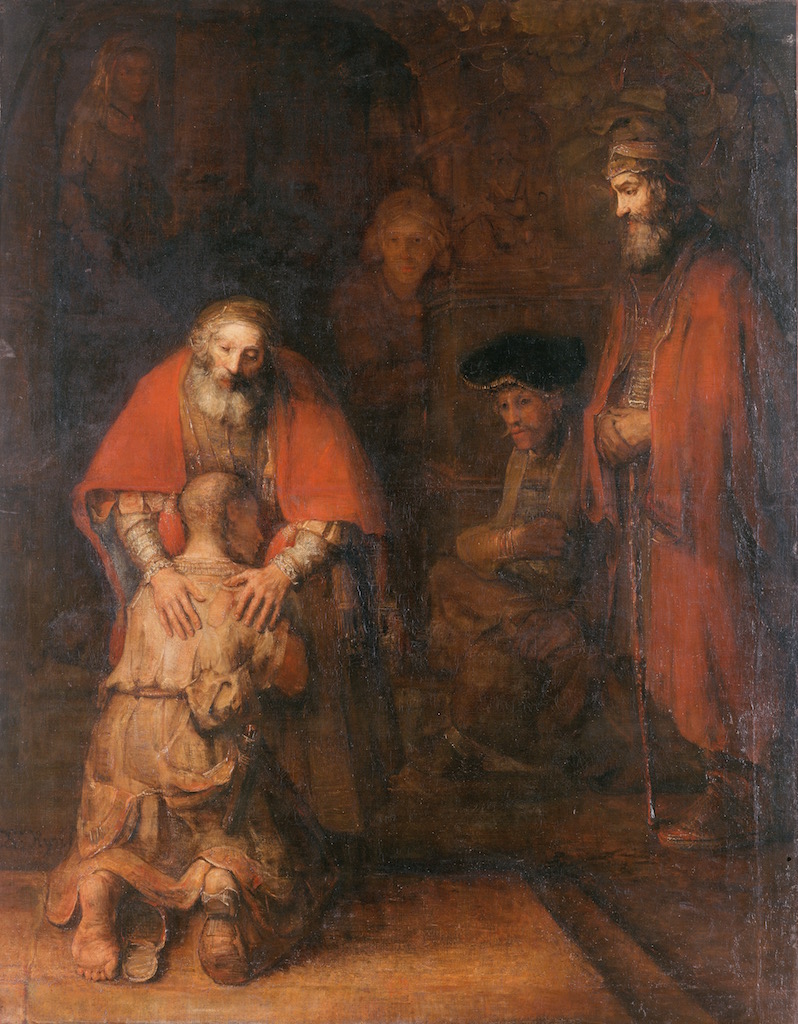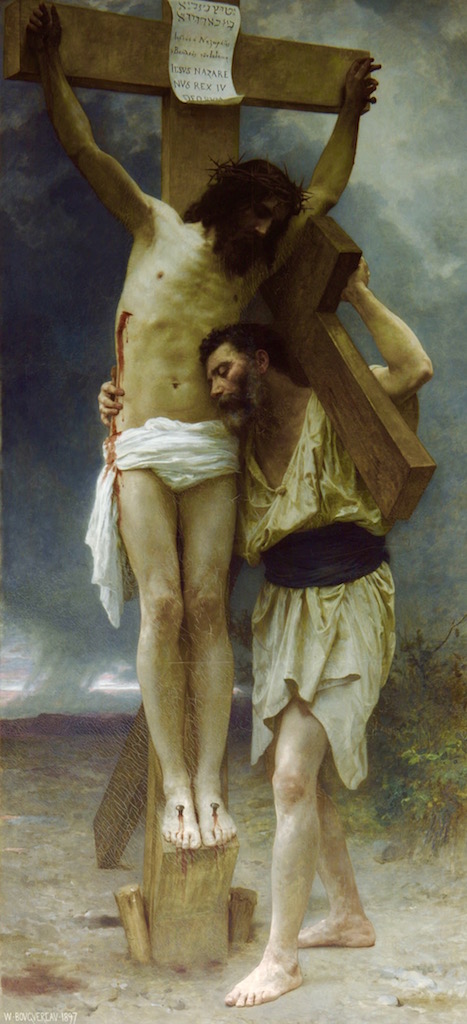Based on Ephesians 6:10-18:
[Lord, I realize that I am going on to the front lines of spiritual warfare today. I understand that I am not fighting against flesh-and-blood enemies, but against evil rulers and authorities of the unseen world, and against evil spirits in the heavenly places. I thank you that in your mercy, you have provided everything that I need for protection in this struggle.]
“I’m putting on the belt of truth. I ask you to make it very clear to me what I am to accept into my life and what I am to reject. Help me to see clearly the motives of others as they deal with me and converse with me. Help me to think and speak clearly, truthfully, and without deceit today. Let me walk in your truth, making decisions and choices according to your plans and purposes for my life…
I am putting on the breastplate of righteousness. Guard my emotions today. Protect my heart. Help me to take into my life only those things that are pure and nothing that is poison or polluting. Help me to live in integrity and to have a reputation based upon doing, saying, believing, thinking and feeling [Your truth]. Help me to live in right relationship with you and my neighbors every moment of this coming day.
I am putting on my spiritual boots. Help me to stand and walk in your peace and to move forward in ways that bring your peace and love to others. Help me to have the full confidence and assurance that come from knowing that I am filled with the peace that only you can give to those who are your children. Help me to be a peacemaker today. Show me where to walk and how to walk as you would walk.
I am picking up the shield of faith…Help me to trust you to defend me, provide for me and to keep me in safety every hour of this day. [May I trust you in every situation that comes my way today, and remember that you cause everything to work together for the good of those who love you and are called according to your purpose.]
I am putting on the helmet of salvation. Guard my mind today. Bring to my remembrance all that you have done for me as my Savior. Let me live in the hope and confidence that you are saving me, rescuing me, and delivering me from evil.
I am picking up the sword of the Spirit, the word of God. Help me to remember the verses of the Bible that I have read and memorized, and help me to apply them to the situations and circumstances I will face. Let me use your Word to bring your light into the darkness of the world and to defeat the enemy of my soul when he comes to tempt me.
Father, I want to be fully clothed with the identity of Jesus Christ today. I am in Christ. He is in me. Help me to fully realize and accept that He is my Truth, my Righteousness, my Peace, my Savior, the source of my faith, and the ever-present Lord of my life.
I want to bring glory to your name today. I ask all of this in the name of Jesus. Amen.”
—Prayer from When the Enemy Strikes by Charles Stanley [with additions by Pastor Jim Schwenk]











 Usually, directors will also be asking questions like—What are you looking for in direction? What would you like to share about your life right now? The first session is really the only time spiritual directors talk much bout themselves at all. From then on the focus of conversation would be on you and God.
Usually, directors will also be asking questions like—What are you looking for in direction? What would you like to share about your life right now? The first session is really the only time spiritual directors talk much bout themselves at all. From then on the focus of conversation would be on you and God. However, you would not need to come with anything but your desire to know God more.
However, you would not need to come with anything but your desire to know God more.
 According to the Mennonite Spiritual Directors Association, “Fundamentally a ministry of prayer, spiritual direction is a one-with-one relationship in which directors accompany others on their journey to mature faith in Christ.” Key words here are “prayer,” “relationship,” “accompany,” and “Christ.” Spiritual direction is helping another person fulfill their desire to really know our triune God. All else is “loss” in comparison to “knowing Christ” (Phil 3:8).
According to the Mennonite Spiritual Directors Association, “Fundamentally a ministry of prayer, spiritual direction is a one-with-one relationship in which directors accompany others on their journey to mature faith in Christ.” Key words here are “prayer,” “relationship,” “accompany,” and “Christ.” Spiritual direction is helping another person fulfill their desire to really know our triune God. All else is “loss” in comparison to “knowing Christ” (Phil 3:8). Good spiritual directors are not trying to instill their own theology but to create a hospitable listening space in which God patiently, lovingly, persistently forms you to be all He specifically and carefully designed you to be (Ps 139).
Good spiritual directors are not trying to instill their own theology but to create a hospitable listening space in which God patiently, lovingly, persistently forms you to be all He specifically and carefully designed you to be (Ps 139). However, it is a spiritual director’s job to be a careful and care-full listener and to pray often for their directees.
However, it is a spiritual director’s job to be a careful and care-full listener and to pray often for their directees. Spiritual direction provides them a safe, confidential place to ask God questions and a pause for listening to God’s answers. However, new believers and seekers also encounter God again and again as they turn their minds and hearts to find Him. Our God desires to be found.
Spiritual direction provides them a safe, confidential place to ask God questions and a pause for listening to God’s answers. However, new believers and seekers also encounter God again and again as they turn their minds and hearts to find Him. Our God desires to be found.

 After all, ministry is service and servanthood. Furthermore, all work done “as for the Lord and not for men…is serving the Lord Christ” (Col 3:23-24). Yet God had another, quite unexpected ministry ahead for me—spiritual direction.
After all, ministry is service and servanthood. Furthermore, all work done “as for the Lord and not for men…is serving the Lord Christ” (Col 3:23-24). Yet God had another, quite unexpected ministry ahead for me—spiritual direction.